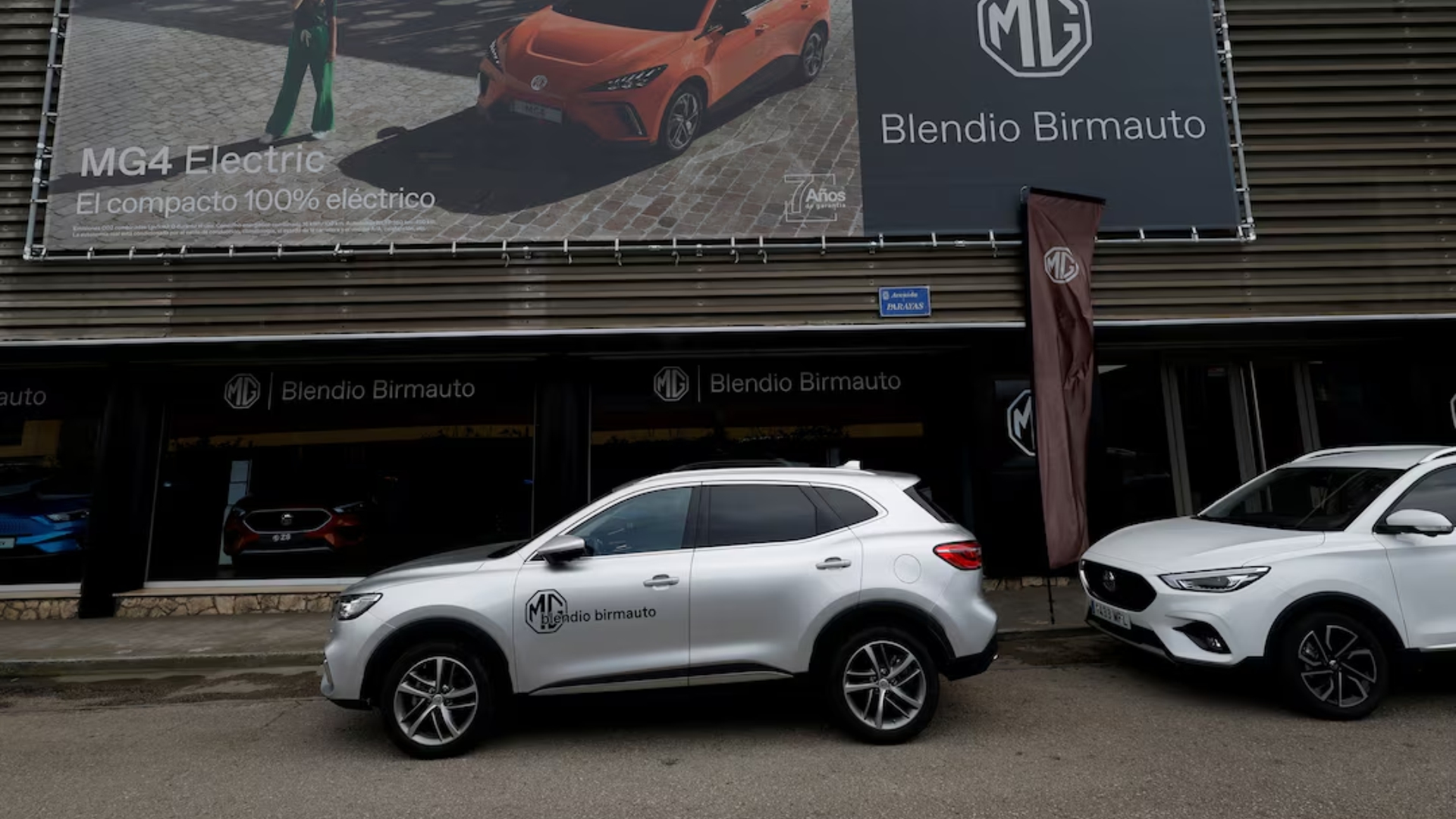BRUSSELS, (Reuters) – The European Commission published on Tuesday the draft findings of its high-profile investigation into alleged subsidies for imports of Chinese-made electric vehicles, which included some revisions to proposed punitive tariffs.
WHAT IS THE DRAFT DEFINITIVE DECISION?
The Commission published what it said was its draft definitive tariff decision. This could become the EU’s final measure on Chinese-made EVs once its investigation is concluded in about two months.
It follows the provisional stage of the investigation which launched in October 2023.
This draft decision reflects the comments received from interested parties such as EV makers on the provisional duties set on July 5. It also concludes some investigative steps that had not been finalised at the provisional stage.
The Commission will confirm whether it will apply final duties, known as definitive duties, by Oct. 30.
WHAT IS THAT LATEST DECISION?
The main new element was the big cut in Tesla’s extra tariff to 9% from a provisional 20.8% after the U.S. EV maker requested the Commission calculate a separate individual rate for it.
Volkswagen’s SEAT subsidiary will also receive a lower tariff on its Cupra Tavascan, produced by VW’s majority-owned joint venture in China. That means it was among the companies classed as cooperating with the EU probe.
BMW’s joint venture in China which produces the electric Mini will also get a lower tariff.
The Commission said some Chinese companies in JVs with EU automakers may receive lower planned punitive duties on Chinese-made EV imports.
It also decided not to retroactively collect countervailing duties.
WHAT HAPPENS NEXT?
Interested parties such as China and EV producers now have 10 days – until Aug. 30 – to comment and request hearings on the final disclosure.
The Commission already visited more than 100 sites of automakers in China and Europe and done the bulk of its investigation.
As an alternative to duties, exporters can commit to selling their products at or above a minimum price. Chinese exporters agreed such an undertaking in the case of solar panels a decade ago. However, cars are not commodities, so it is hard to see how a minimum price could be applied.
WHO DECIDES?
The proposed final duties will be subject to a vote by the EU’s 27 states. The Commission’s proposal will be implemented unless a qualified majority of 15 EU members representing 65% of the EU population vote against.
Definitive duties would be confirmed by Oct. 30 and typically apply for five years.
Until then, Brussels and Beijing could still thrash out a compromise to avert or soften tariffs.
WHAT HAPPENS AFTER THE INVESTIGATION?
Any company not in the sample group of BYD, Geely and SAIC that wishes to have its own individual duty can ask for an “accelerated review” just after the imposition of definitive measures. Such a review should last a maximum of nine months.
The Commission can also carry out an “interim review” after a year has elapsed if the measures are no longer necessary or if they are not sufficient to counteract subsidies.
The Commission itself often looks into whether producers are evading duties via exports of parts for assembly elsewhere. For the EU, such circumvention exists if 60% or more of the value of parts are imported from the country subject to duties and if the value added in the assembly is no more than 25%.
Companies can challenge the measures at the European Court of Justice. China has launched a challenge at the World Trade Organization. Both legal paths can take well over a year.
The EU Commission has said it is confident its investigation and measures are compatible with WTO rules.
Reporting by Philip Blenkinsop; Writing by Josephne Mason; Editing by Barbara Lewis and Emelia Sithole-Matarise











